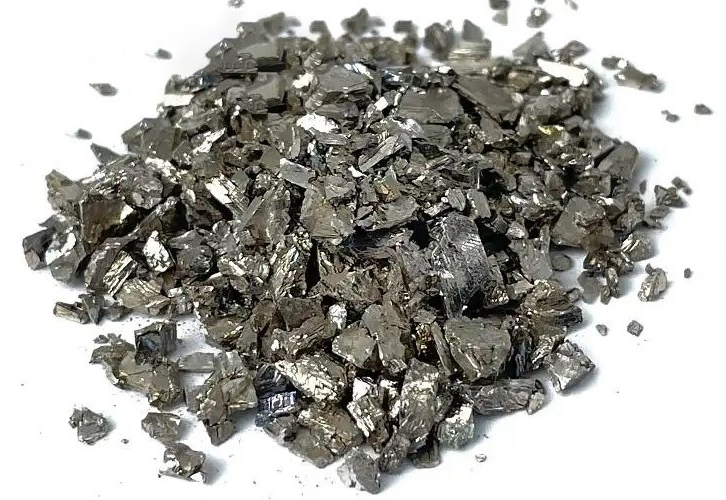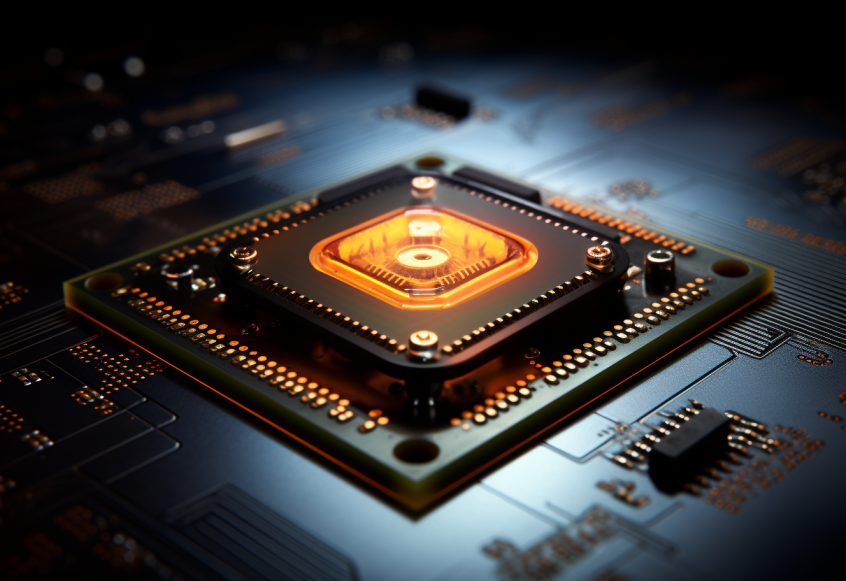Gadolinium, with its silvery-white sheen and position in the lanthanide series of the periodic table, stands out not just for its rarity but for its expansive utility across a spectrum of modern applications. This element, often overshadowed by its more familiar peers, is a linchpin in both established and cutting-edge technologies, thanks to its remarkable chemical and physical properties. From the sharp images produced in medical diagnostics to its role in the latest quantum computing research, gadolinium's versatility spans medical, industrial, and technological realms, and even reaches into the final frontier of space exploration. This article aims to shed light on the multifaceted uses of gadolinium, illustrating how this seemingly obscure element is quietly shaping the future of technology and medicine, and opening doors to new discoveries in science and engineering.

One of the most prominent uses of gadolinium is as a contrast agent in Magnetic Resonance Imaging (MRI). Gadolinium-based contrast agents (GBCAs) enhance the quality of MRI images by improving the contrast between different tissues, making it easier to diagnose a variety of conditions, including tumors, inflammation, and blood vessel diseases. Gadolinium's paramagnetic properties make it ideal for this purpose, as it interacts with the magnetic field and radio waves used in MRI to provide clearer images of organs and internal structures.
Read more: Gadolinium Oxide Powder in MRI Contrast Agents
Gadolinium is also explored for its potential in medical therapies, such as neutron capture therapy for treating cancer. Its high neutron-absorbing capability allows it to capture neutrons when exposed to a neutron beam, releasing gamma radiation and particles that can kill cancer cells. This property is being researched for targeted cancer treatments, though it is not yet widely used.
In the manufacturing sector, gadolinium is utilized in the production of various alloys. When alloyed with iron and chromium, gadolinium enhances their resistance to high temperatures and oxidation. This makes gadolinium alloys useful in manufacturing high-performance parts for aircraft engines and gas turbines.
Gadolinium finds applications in electronics, particularly in producing data storage devices and memory chips. Gadolinium compounds are used in magneto-optical storage media, such as rewritable CDs and DVDs, due to their magneto-optical properties. These materials can change their magnetic orientation in response to a laser, allowing for the recording and retrieval of data.
Read more: The Roles of Gadolinium Oxide in Optics and Electronics

In nuclear reactors, gadolinium acts as a neutron absorber, playing a critical role in controlling the nuclear fission process. Its ability to absorb neutrons without swelling or contracting under radiation makes it an ideal candidate for use in nuclear reactor control rods. These rods help manage the reactor's power output and ensure safe operation.
Beyond its established roles in medical and industrial spheres, gadolinium is paving the way for groundbreaking applications across various fields. This section explores its emerging uses and potential for future technologies.
Gadolinium's unique quantum properties are being harnessed in the realm of quantum computing. Researchers are investigating gadolinium-based materials for their potential to serve as qubits, the basic units of quantum information. These materials could significantly enhance the stability and coherence time of qubits, which are essential for the development of robust quantum computers.
The exploration of gadolinium compounds in superconductivity offers promising avenues for electrical engineering. Gadolinium's ability to exhibit superconductivity at higher temperatures than many other materials could lead to more efficient power transmission systems and revolutionize magnetic resonance imaging technology by enabling more powerful and compact magnets.
In the field of green technology, gadolinium is making strides in improving the efficiency of solar panels and wind turbines. Gadolinium-doped materials are being studied for their thermoelectric properties, which can convert waste heat into electricity, thereby enhancing the energy efficiency of solar panels. Furthermore, its magnetic properties are exploited in the design of direct-drive wind turbines, contributing to cleaner and more sustainable energy production.
Gadolinium's radiation shielding properties are invaluable in space exploration. Its ability to absorb neutrons and gamma rays makes it an ideal material for protecting spacecraft and satellites from the harmful effects of cosmic radiation. This application is crucial for the safety of electronic equipment and astronauts on long-duration space missions.
In conclusion, the applications of gadolinium extend far beyond its initial medical and industrial uses, branching into fields as diverse as quantum computing, superconductivity, green technology, and space exploration. This rare earth metal's unique properties make it a cornerstone in the advancement of technology and medicine, offering solutions to some of today's most challenging problems. From enhancing the resolution of MRI scans to safeguarding astronauts from cosmic radiation, gadolinium's role is both versatile and indispensable. As research continues to unveil new potentials for this element, its contributions to science and technology are expected to grow, highlighting the importance of sustainable and innovative approaches to its use. Gadolinium not only exemplifies the critical role of rare earth metals in modern society but also underscores the continuous need for exploration and development within the scientific community to harness the full spectrum of its capabilities for future generations.
Stanford Materials Corporation is a leading supplier of rare earth materials, including gadolinium, catering to industries worldwide. Specializing in high-quality metals, alloys, ceramics, and nanoparticles, the company supports advanced research and development in sectors like electronics, energy, aerospace, and medicine. As a pivotal source for essential elements, Stanford Materials drives technological advancements across various fields.
Eric Loewen
Eric Loewen graduated from the University of Illinois studying applied chemistry. His educational background gives him a broad base from which to approach many topics. He has been working with topics about advanced materials for over 5 years at Stanford Materials Corporation (SMC). His main purpose in writing these articles is to provide a free, yet quality resource for readers. He welcomes feedback on typos, errors, or differences in opinion that readers come across.

 Inquiry List
Inquiry List

